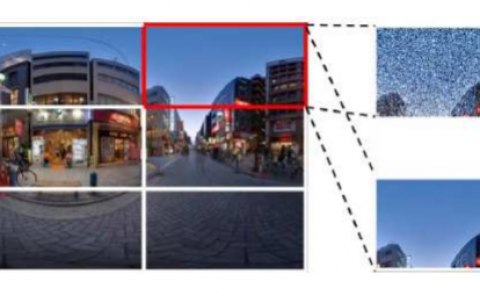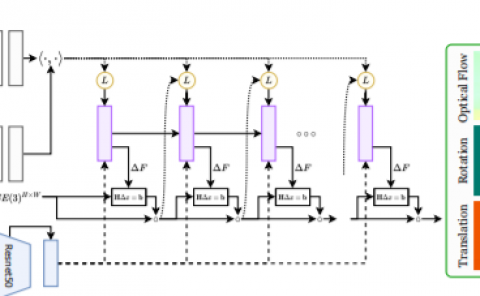Improving the Usability of Virtual Reality Neuron Tracing with Topological Elements
PubDate: Sep 2020
Teams: University of Utah
Writers: Torin McDonald, Will Usher, Nate Morrical, Attila Gyulassy, Steve Petruzza, Frederick Federer, Alessandra Angelucci, Valerio Pascucci
PDF: Improving the Usability of Virtual Reality Neuron Tracing with Topological Elements

Abstract
Researchers in the field of connectomics are working to reconstruct a map of neural connections in the brain in order to understand at a fundamental level how the brain processes information. Constructing this wiring diagram is done by tracing neurons through high-resolution image stacks acquired with fluorescence microscopy imaging techniques. While a large number of automatic tracing algorithms have been proposed, these frequently rely on local features in the data and fail on noisy data or ambiguous cases, requiring time-consuming manual correction. As a result, manual and semi-automatic tracing methods remain the state-of-the-art for creating accurate neuron reconstructions. We propose a new semi-automatic method that uses topological features to guide users in tracing neurons and integrate this method within a virtual reality (VR) framework previously used for manual tracing. Our approach augments both visualization and interaction with topological elements, allowing rapid understanding and tracing of complex morphologies. In our pilot study, neuroscientists demonstrated a strong preference for using our tool over prior approaches, reported less fatigue during tracing, and commended the ability to better understand possible paths and alternatives. Quantitative evaluation of the traces reveals that users’ tracing speed increased, while retaining similar accuracy compared to a fully manual approach.



